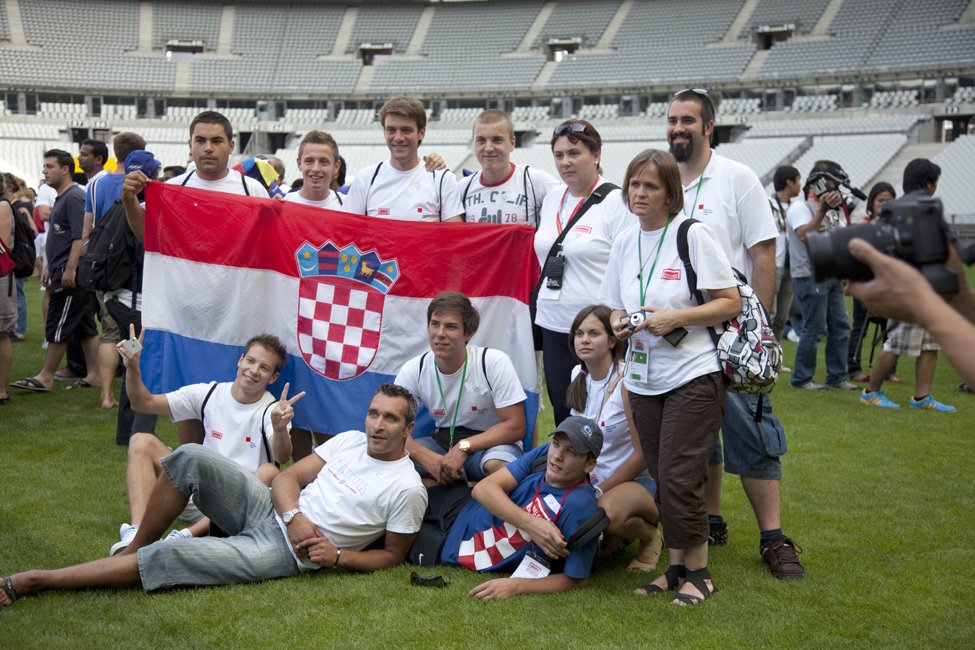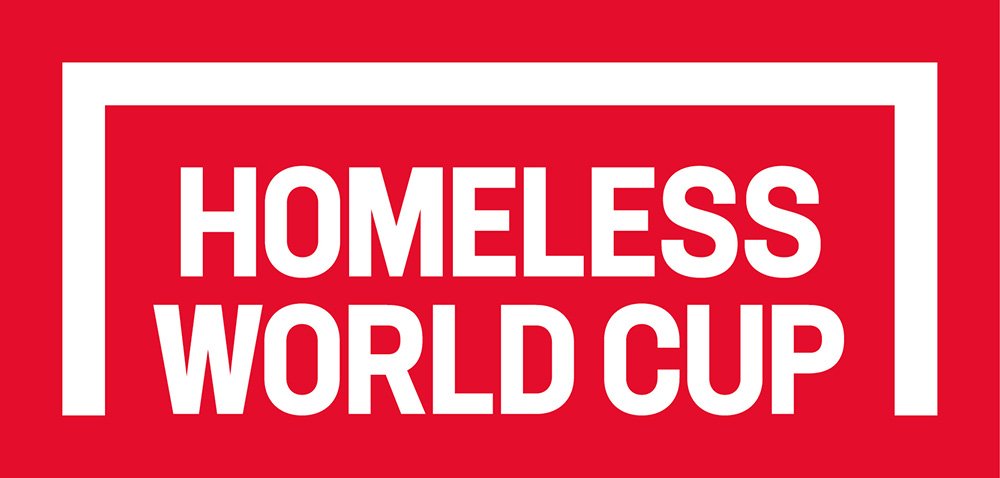
Croatia
CROATIAN HOMELESS NETWORK
The Croatian Homeless Team is a project run by the Croatian Homeless Network, which works in coordination with many homeless shelters across Croatia. The Croatian Homeless Network is a platform that connects and coordinates all organisations and working for the improved situation of homeless people.
The team and project draws a lot of media interest and therefore raises awareness of homelessness in Croatia. They stand for the right to dignity and social inclusion, and achieve these goals through the positive influence of sports.
Country statistics
39 out of 189 in Human Development Index rankings (UNDP, 2022)
Average annual salary per person $20,590 (World Bank, 2023)
Highest rate of homelessness is in Croatian Capital, Zagreb (FEANTSA, 2024)
Croatia is a coastal country in the Balkan region of Southeastern Europe bordering Bosnia and Herzegovina and Slovenia.
Until 1991 Croatia was part of Yugoslavia, a federal independent communist state made up of six socialist nations. When the country declared its independence and transitioned from Socialism to become a market economy in the early 1990s nearly the whole housing sector was privatised, leaving a disparity in wealth between people who’d been able to purchase their properties and those who could not. This led to inequality and a precarious housing sector (FEANTSA, 2024).
Housing is still a problem in the country, with 38.5% of people living in overcrowded conditions, significantly higher than the EU average of 17.1%. Despite being mentioned in government strategies to tackle poverty, there are no current official government measures to prevent or eradicate homelessness (FEANTSA, 2024).
There are currently an estimated 2,000 people who are facing homelessness while over 10,000 are estimated at facing housing insecurity and undocumented homelessness, such as sofa-surfing. The highest rate of homelessness is in capital city, Zagreb where in 2022, there were an estimated 700-1000 people who were homeless.
Since 2022, the definition of homelessness in Croatia has been “a person who does not have a place to live or the means to cover living expenses and is accommodated or uses the service of organised housing in a shelter or overnight accommodation or stays in public or other places that are not intended for housing”. However, this omits people who are living in overcrowded conditions, or those about to leave an institution such as an orphanage because of reaching 18-years-old, or someone who is leaving prison (FEANTSA, 2024).
Despite cities and regions being legally required to provide emergency shelters and soup kitchens, only around half actually do, and there is no system for the provision of temporary or long-term housing with people only able to access emergency accommodation. There is also a current shortage of emergency accommodation, with only 1 in 4 people able to access it (Dubrovnik Times, 2024; FEANTSA, 2024).
STORIES from the region










